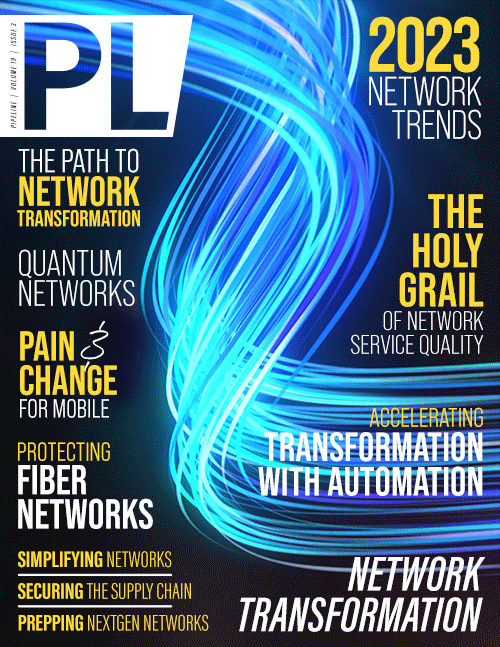Next-Gen Networks Demand Increased Access
Colocation offers access to
regional carriers and cloud providers
Data center facilities are not limited to a single fiber provider within a building. Customers have the option of selecting from a vast ecosystem that includes fiber and network providers, managed solution providers, and cloud on-ramps or cloud providers in-house. All these connections are already live in the building and customers don’t have to wait to build out a point of presence there.
Improving network agility
When you build a network in colocation, you also have access to several best-of-breed solutions that allow you to build the network infrastructure in a way that makes the most sense for the business needs in question. By not having to pick between public, private, or hybrid clouds, you can pick the infrastructure that offers the most agility. Additionally, because businesses don’t have to make those trade-offs, you’ll also reap benefits that are already baked into the best-of-breed option, such as DDoS protection by using a private network in the architecture where applicable. Had a best-in-class approach been taken by, for instance, using a public cloud, the network would be susceptible to not only DDoS attacks but various other drawbacks such as “noisy” neighbors sharing the same VMs and various other headaches that would render the option impractical beyond a certain scale.
Cost reduction
A next-gen network can offer significant cost savings to users. That’s because organizations using it in a hybrid infrastructure can create direct connections between their private and public footprints. That means they can lean on their private resources for sensitive workloads or even run them where they are the least expensive, since colocation isn’t billed on a per-use bandwidth basis like the public cloud. Users pay for the space and power they utilize, providing a more predictable pricing approach and flat rates for monthly leases. In many cases, colocation providers also offer businesses remote-access controls that allow customers to view power consumption from afar and ensure costs are in line with budgets.



















